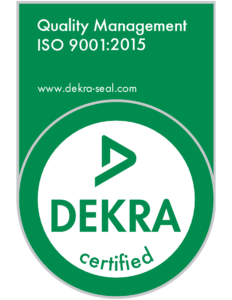Acrylic, also known as polymethyl methacrylate (PMMA), is a thermoplastic material that can be easily welded using a solvent. The solvent used for welding acrylic is called Methylene Chloride (MC) or Dichloromethane.
Methylene Chloride is a colorless, volatile liquid that has a slightly sweet odor. It has a low boiling point and evaporates quickly, making it an ideal solvent for welding acrylic. When applied to the surfaces of the acrylic pieces to be welded, Methylene Chloride softens and melts the plastic, allowing the two pieces to fuse together.
The welding process involves applying a small amount of Methylene Chloride to the edges of the acrylic pieces to be joined. The pieces are then carefully aligned and clamped together until the solvent evaporates. As the solvent evaporates, the softened edges of the acrylic re-solidify, forming a strong bond between the two pieces.
It is important to note that Methylene Chloride is a toxic substance and should only be used in a well-ventilated area with appropriate safety equipment, including gloves, goggles, and a respirator. It is also highly flammable and should be stored and handled with care.
Methylene Chloride is the solvent typically used to weld acrylic due to its ability to soften and melt the plastic, allowing for a strong and permanent bond to be created between two pieces. However, it should be used with caution due to its toxic and flammable nature.

